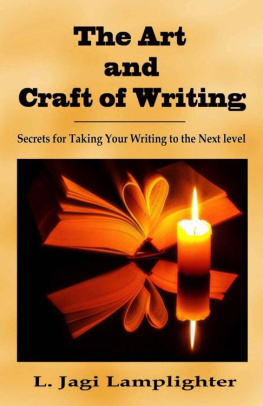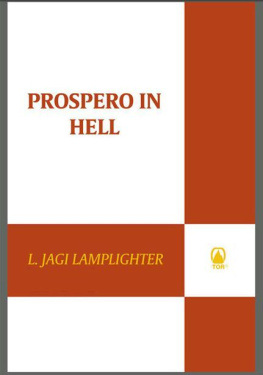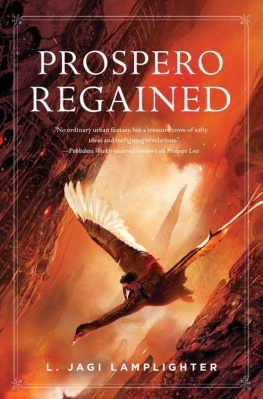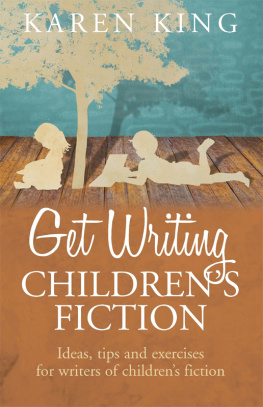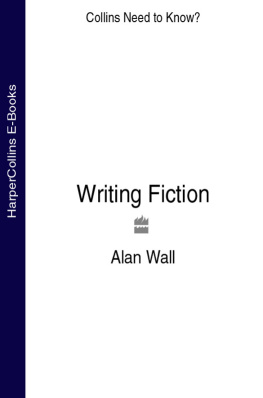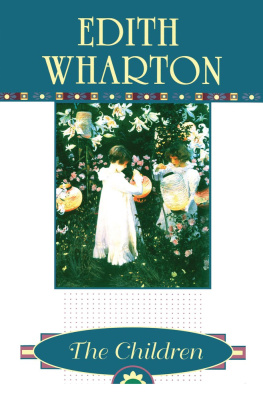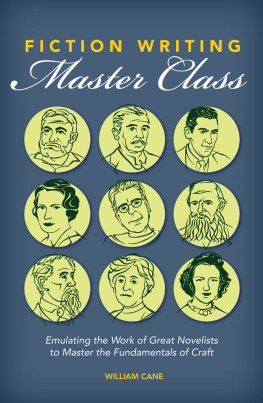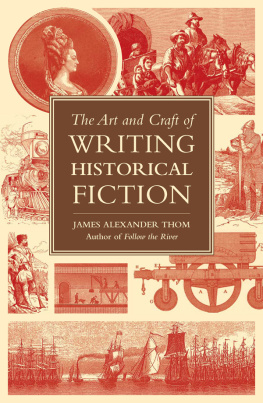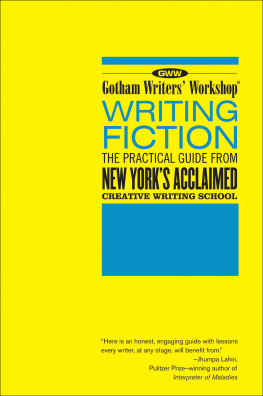What Our Students Are Saying:
Here are some responses from students who have taken the in-person version of The Art and Craft of Writing:
The course is a treasure trove of practical, positive advice you can use immediately to improve your WIP or solidify your ideas for a new project. Marina Fontaine, author of Chasing Freedom.
I took L. Jagi Lamplighter Wrights Guinea Pig writing class in November of 2018 and it definitely upped my game. Since graduating her course, Ive sold over 30 short stories and 2 novellas (as of February 2021). Thanks, Jagi. James Pyles, author of multiple published short stories.
I especially liked how you simply laid out ideas about story and characters, which instantly made me go, Oh, yeah! Ive seen that before!... I felt that these were techniques that would have taken me ages to work out on my own, and seeing them simply stated has seriously helped me as a writer.Billy Charlton, teen student.
The Art and Craft of Writing
L. Jagi Lamplighter
Wisecraft
Wisecraft Publishing
Copyright 2020 by L. Jagi Lamplighter
All rights reserved. No part of the content of this book may be reproduced, distributed, or transmitted in any form or by any means, or stored in a database retrieval system, or copied by any technology yet to be developed without the prior written permission of the author. You may not circulate this book in any format.
ISBN: 978-1-953739-04-9
To Donald Maass and Margie Lawson,
Whose investigation into our art and craft inspired mine.
And to Jim Frenkel,
who taught me so much.
Thank you.
How Best to Use This Book
This is a book on how to write. Specifically, it is a book on how to bring your current writing to the next level. How to make what you do better.
As a Book
The Art and Craft of Writing can be read through as a book.
As a Workbook
More will be accomplished if you pause to do the exercises. It is in striving to accomplish the assignments that we are often forced to stretch our understanding. This leads to us learning more than if we did not attempt this.
As a Self-Taught Class
Best of all, however, is if you tackle this program with a friend.
The Art and Craft of Writing works best when two or three authors* work together.
Find two or three writer friends and form Working Partners. Read the chapters, do the exercises, and then swap your results with your Working Partner. The Working Partners then review each others work.
Having someone with whom to share work has several benefits. It encourages students to complete the assignments. It helps students assess whether they correctly understood the assignments. It is also makes it easier to stay focused and remember to complete the next chapter in a timely manner.
It is much easier to motivate ourselves to write if you know someone else is waiting to see what you have accomplished.
Students of online The Art and Craft of Writing classes have discovered that an ideal schedule to avoid burnout is to do two to four chapters, one per week, and then take a break of a few weeks before tackling the next two to four chapters. But whatever you and your Working Partner find comfortable will work.
*If there are four or more of you, it is best to divide into subgroups of two or three. That way no one is overburdened by having to read too many other peoples assignments.
As an Accompaniment for The Art and Craft of Writing Video Lessons
All of the above three methods can be done in accompaniment with the video lessons. The material in the book and video is very similar, though the book contains a small amount of additional material.
In Conclusion
Whatever method you choose, it is our hope that this book will bring you both enjoyment and increased understanding of both the art and the craft of your chosen trade.
Contents
Words on a Page
All writing is just words on a page.
What does this mean, and why does it matter to us? To answer that question, I must tell you a bit of a story.
When I was young, I was in awe of the ability of good authors to transport us to an entirely different life. Reading the greats was glorious but also occasionally intimidating. A good book can make us sympathize first with a frightened rabbit and then with a hungry fox. They call upon us to burn with the bliss and suffer the sorrow of all mankind.*
I loved what I read, but I despaired that I could ever write anything half so wonderful. I feared I would never figure out the mystery of how my favorite authors conveyed so much.
Then one day, it struck me.
Books were just words on a page.
Nothing more.
If an author could convey something within the pages of his book, it had to have been accomplished by the use of specific, individual words.
If I could figure out which words produced which effects, I could learn to do the same.
I remember one of the first times I figured out how to indicate an emotion indirectly. I was quite proud of myself. However, it led to an unexpectedly funny conversation with a dear family member who had some very odd beliefs, including that he had some sort of extra sensory perception.
My family member: I perceive here that your main character is angry.
Me, delighted: Yes! I went out of my way to slip that in. So glad it worked.
My family member: No. Im not talking about what you wrote. I am telling you that I am discerning that your character is secretly bitter about what is going on.
Me: Yes, I put that in, on purpose.
My family member: No, I am telling you that I am picking this up psychically.
I didnt win that argument, but I had successfully taken my first small steps towards using words to capture the magic that is the story.
In the lessons within this book, we will consider words upon a page. We will look at how to make them work for us instead of against us, at what kind of words we need to put down to get the effects we desire to achieve.
Books are enchanting. They are like a draught of strong wine. A good story sweeps us off our feet and caries us to true love, to far off places, to Narnia or Barsoom. As writers of stories, we can reach others, lift them out of sorrow, sometimes even sway the course of lives, or nations.
All of us yearn to write, including you, dear reader, or you would not be reading this. We long to bring to vivid life those stories that burn deep within our hearts. We wish not only to see them given life but also to share them and, perhaps, to touch the heart of another.
Books may just be words on a page, but look what we can make those words do!
* -- Burn with the bliss and suffer the sorrow of all mankindmy fathers favorite line from the Hindu religious epic, Bhagavad Gita.
Welcome to The Art and Craft of Writing
Part One: The Craft of Writing The Essential Elements
Chapter 1: The Trick
The Trick: If you want a scene to culminate in a particular emotional reaction, start the scene with the opposite emotion.
Anticipation
When Disney started his animation studio, he and his artists had to invent the tools of the animation trade. No one had ever done it before. One problem they ran into was that viewers had trouble telling what the figures on the screen were doing. Disney solved this with an animation principle his artists called anticipation. In anticipation, as the concept was developed by the Disney studio, a character leans left to run right. He bends down to jump up. He pulls his arm back to throw a ball forward. This allowed for an exaggerated motion that helped the viewer track the action the character was performing.

